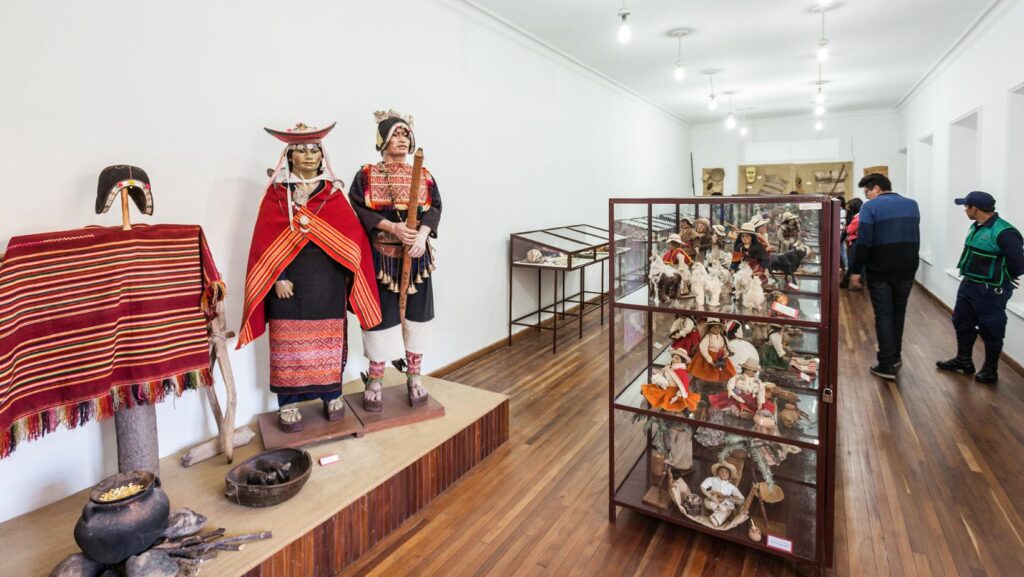Cultural anthropology continually unveils the rich tapestry of human society and its myriad expressions around the globe. Among these explorations, certain “hot spots” emerge as focal points of significant cultural dynamism and transformation. These regions, often crossroads of various socio-economic and political interactions, offer anthropologists a vibrant laboratory for studying the complexities of cultural evolution and identity formation.
Hot Spots Cultural Anthropology
In the realm of cultural anthropology, hot spots refer to areas where significant cultural transformations are underway. These regions are often the focal points of academic research due to their rapid evolution influenced by factors like globalization, migration, and technological advancements. The study of these hot spots provides critical insights into the mechanisms of cultural change and identity reshaping within various communities.
Key Focus Areas in Hot Spots Research
 Researchers in cultural anthropology focus on several key areas when studying hot spots:
Researchers in cultural anthropology focus on several key areas when studying hot spots:
-
Social Structures: Examining how traditional social structures are maintained or altered in the face of global influences.
-
Cultural Identity: Understanding how cultural identities are redefined as people interact with new cultural norms and values.
-
Economic Impact: Analyzing the economic shifts that occur as a result of globalization and how they influence local and regional cultures.
-
Technological Adaptation: Observing how the adoption of new technologies affects cultural practices and communal relationships.
Current Research Trends in Cultural Anthropology
 The trends in cultural anthropology research often reflect the dynamic nature of hot spots. Current studies focus on:
The trends in cultural anthropology research often reflect the dynamic nature of hot spots. Current studies focus on:
-
Migration Patterns: Investigating the effects of migration on cultural integration and identity formation.
-
Cultural Resilience: Exploring how cultures withstand and adapt to external pressures and changes.
-
Inter-cultural Exchanges: Assessing the impact of cultural exchanges between indigenous and foreign populations on traditional customs.
Case Studies and Field Research
 Field research in cultural anthropology hot spots typically involves:
Field research in cultural anthropology hot spots typically involves:
-
Longitudinal Studies: These are conducted over extended periods to track cultural changes and their long-term impacts.
-
Comparative Analysis: Researchers compare different hot spots to understand diverse responses to similar global influences.
-
Ethnographic Research: Detailed observation and participation in local cultures help anthropologists gain deeper insights into the subtle nuances of cultural adaptation.
Through these meticulous studies, anthropologists contribute significantly to the broader understanding of how cultures evolve. They provide valuable perspectives on the adaptability and resilience of human communities, enhancing the global discourse on cultural transformation.
Methodological Approaches in Hot Spots Study
Exploring cultural “hot spots” requires diverse methodological approaches, each tailored to uncover the nuances of cultural change and adaptation. Anthropologists utilize both qualitative and quantitative methods to gather comprehensive data, analyze cultural dynamics effectively, and draw meaningful conclusions about the cultural evolution within these regions.
Qualitative Methods
 Qualitative methods in the study of cultural hot spots involve detailed, in-depth inquiry into human behaviors, social interactions, and cultural norms. Ethnography stands out as a primary technique; anthropologists immerse themselves in the community, observing and participating in daily activities to gain a deeper understanding of the social fabric. Interviews and focus groups offer direct insights into the personal perspectives and experiences of individuals, which helps illuminate the complexities of cultural identity and adaptability. Content analysis of local media, such as newspapers, films, and social media, also provides valuable information about public discourse and cultural representation. These qualitative tools are essential for interpreting the subtleties of cultural shifts and the impact of global influences on local traditions.
Qualitative methods in the study of cultural hot spots involve detailed, in-depth inquiry into human behaviors, social interactions, and cultural norms. Ethnography stands out as a primary technique; anthropologists immerse themselves in the community, observing and participating in daily activities to gain a deeper understanding of the social fabric. Interviews and focus groups offer direct insights into the personal perspectives and experiences of individuals, which helps illuminate the complexities of cultural identity and adaptability. Content analysis of local media, such as newspapers, films, and social media, also provides valuable information about public discourse and cultural representation. These qualitative tools are essential for interpreting the subtleties of cultural shifts and the impact of global influences on local traditions.
Quantitative Analysis
Quantitative analysis in cultural hot spots studies leverages statistical data to provide a broader overview of cultural changes. Surveys are commonly administered to collect large volumes of data regarding demographics, migration patterns, and community responses to global pressures. This data is then analyzed to identify significant trends and patterns that may not be apparent through qualitative research alone. Additionally, anthropologists often employ geographic information systems (GIS) to map cultural phenomena and changes over time, offering a spatial dimension to the understanding of how global dynamics influence local cultures. By integrating these quantitative methods, researchers can substantiate qualitative findings and offer a more rounded perspective on cultural transformations in hot spots.

